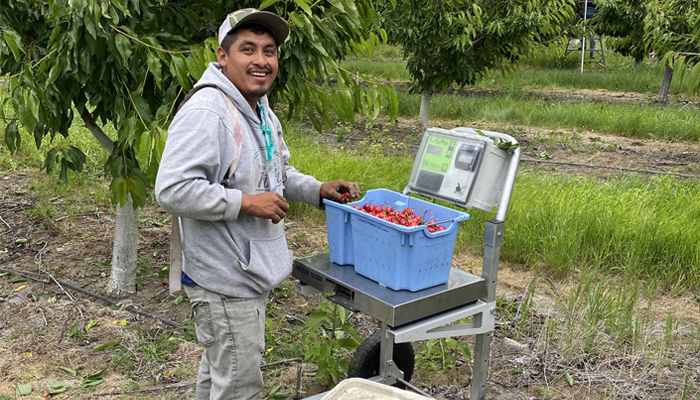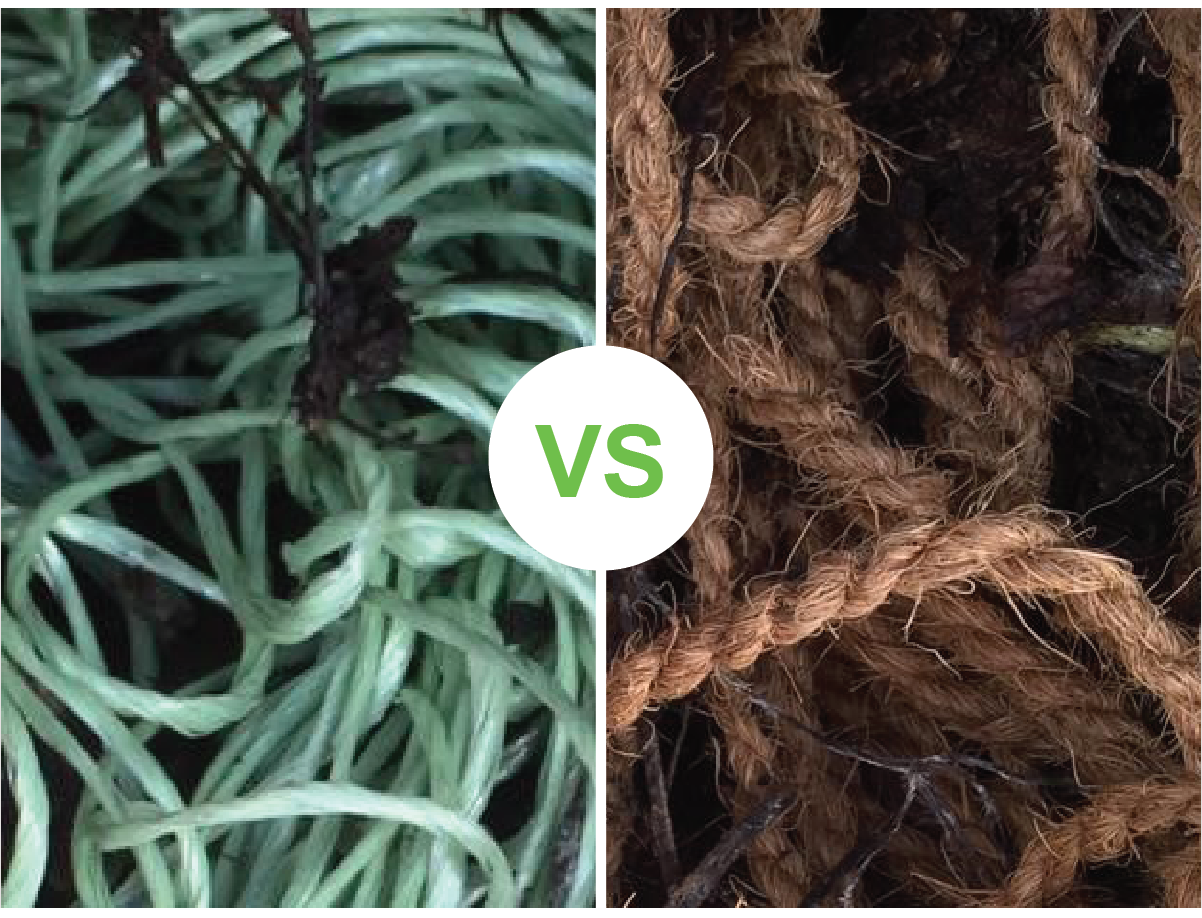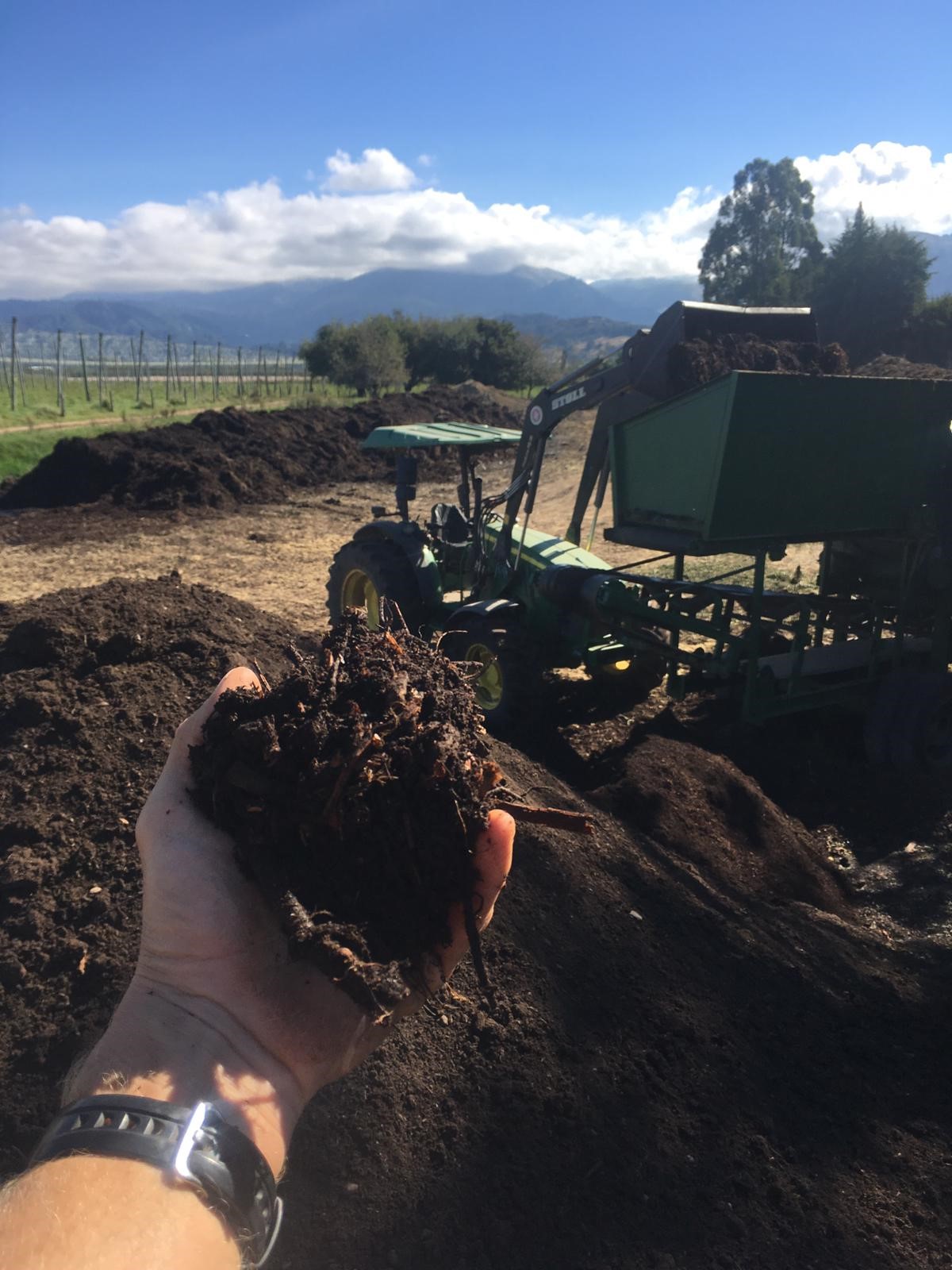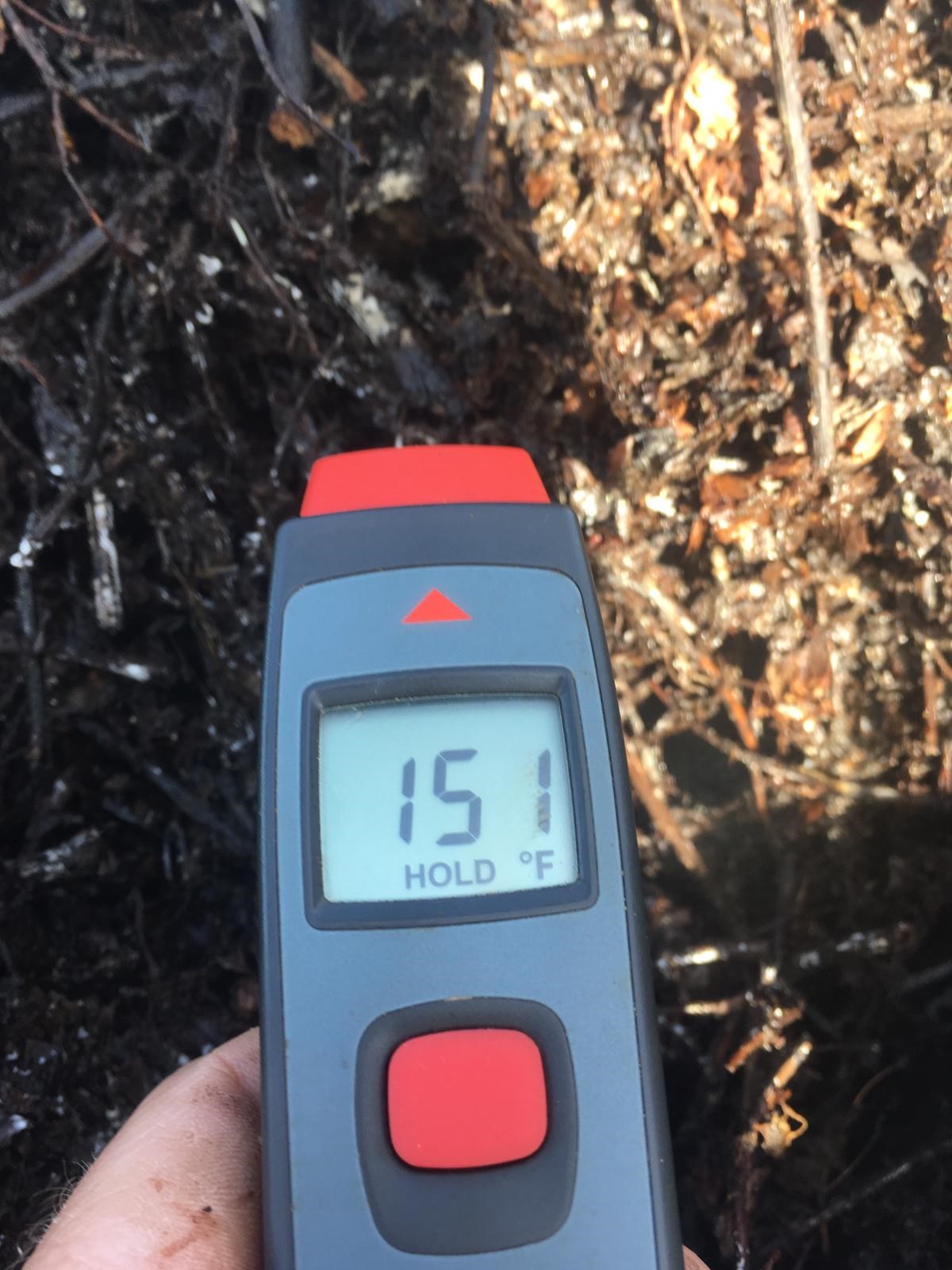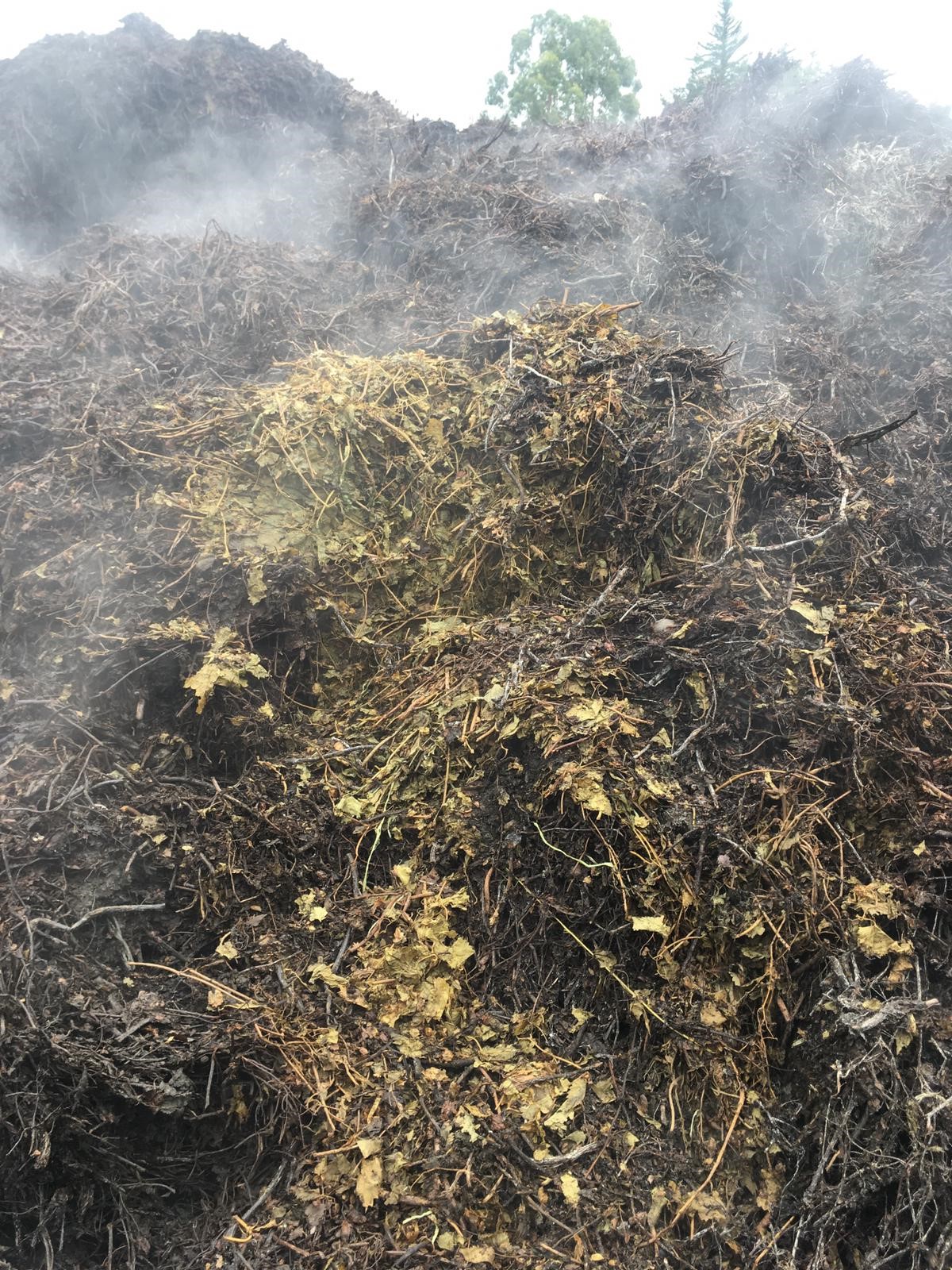Living in the town of your college alma mater has its perks. Writing as a Whitworth alum in Spokane, WA, I have participated in several activities hosted by the Whitworth’s Women's Leadership Network. This month, I benefited from attending a small group dinner discussion around the topic of negotiation.
Kristen Watts, Senior Vice President of Forest Products Lending at Northwest Farm Credit Services in Airway Heights, WA, was our discussion host and facilitator. I would like to thank her for an engaging discussion and providing her insight around the topic of negotiation. We all negotiate in our professional and personal lives. Becoming good at negotiation is a skill that must be developed, practiced, and performed. Here are some important things to keep in mind when considering a negotiation.
Negotiation vs. Persuasion
If you are simply trying to convince the other party that your offer, opinion, or idea is the best, then you may be persuading, not negotiating. Evaluate whether the parties involved have vested interests in the outcomes of the decision. Everyone must achieve something from the interaction. If your mind is made and you are unwilling to make concessions, you are persuading!
Determine Your Goals
Before a negotiation, determine your priorities. What are the most important “wins” that you want to take away? Next, think about the other party’s priorities. If your top priorities differ, you can leverage this. However, if your priorities align exactly, know that you may have to make more concessions, have a contingency plan, or be ready with some additional tactics in your back pocket.
Establish Your Tolerances
Before you go into the conversation, know your thresholds. Shoot for the ideal and determine how low you will go without “losing” the negotiation. Negotiations can be long and drawn-out, so knowing your bottom line before you start will be important to make sure you don’t cross it when a conversation gets complex or heated.
Start High and Focus on the Whole
Remember to start at your target goal so you have room to negotiate. If you don’t start high, you will likely walk away feeling unhappy with where you end up. Think about that acceptable middle ground being about half-way between your best case and worst-case scenarios. If you find your opponents beginning to nitpick every detail of the offering, direct the conversation to what they are receiving as a whole. Avoid getting wrapped up in a detail by moving onto the next point, then circling back around and framing it as a part of the whole package.
Prepare and Practice
Treat a negotiation like an exam. You might have some knowledge without studying that would get you a satisfactory grade; however, it’s unlikely you will ace the test walking into it without preparing and studying. Practicing will also give you the confidence you need to successfully promote the value that you have to offer and keep you from crossing your bottom threshold.
Three Things to Avoid
- Throwing in too many “freebees," it weakens your value proposition!
- Being too afraid of no, “You miss 100% of the shots you don't take” (Wayne Gretsky).
- Assuming a quick negotiation was a win, you may have left something on the table!


